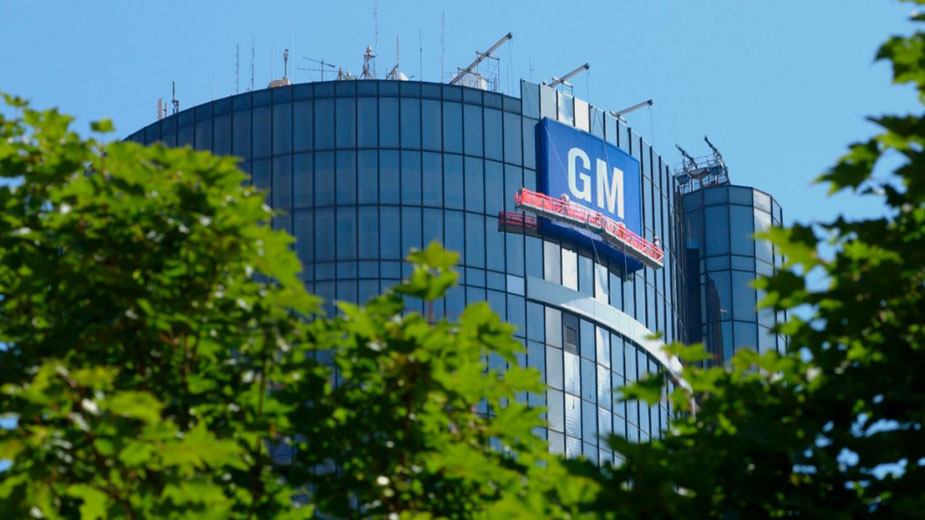Incentives Watchdog Says GM Should Pay More
YOUNGSTOWN, Ohio – The head of a public incentives watchdog agency based in Washington D.C. says that while the state of Ohio’s decision Monday to force General Motors to repay $28 million in tax credits and commit another $12 million in community support to the Mahoning Valley is significant, it still falls short.
“We’re glad that the state held GM mostly accountable here,” said Greg LeRoy, executive director of Good Jobs First, a nonprofit organization that tracks public subsidies used to support economic development projects across the country.
“I would hasten to remind everybody that the deal getting clawed back isn’t General Motors’ taxes,” he said. “It’s the workers’ taxes, it’s really not the company’s money, but the company gets to play with it. We think that’s rancid policy.”
On Monday, the Ohio Tax Credit Authority determined that GM violated two tax credit agreements – a job retention and job creation tax credit agreement — when it closed the Lordstown Assembly plant in 2019. The tax incentives totaled $60.3 million between 2009 and 2016.
However, LeRoy said that since the tax benefits were credits based on workers’ payrolls, and not on income earned by GM, he believes that the entire amount should have been refunded.
Job creation tax credits are calculated as a percentage of new payrolls and then applied to a company’s commercial activity tax liability.
Still, LeRoy said that it’s significant that Ohio was able to claw back $28 million of GM’s tax liability and another $12 million in new investment commitments to the community. GM has agreed to the terms of a forbearance agreement approved Monday by the tax authority.
According to the agreement, $28 million would be repaid directly to the state of Ohio while the $12 million will be used for education and job training programs, infrastructure development, and community programs in Lordstown and the Mahoning Valley.
“At least we got two-thirds of it, either paid back or reinvested,” LeRoy said. Indeed, the $28 million clawback is likely the largest such action in U.S. history, he said.
The next highest clawback that he can think of was when Philips Semiconductor closed its plant in Albuquerque and was hit with a $13.1 million penalty. That money was spread throughout five different entities, including the state, county, community college, the city and school district.
LeRoy understands that states such as Ohio have to strike a balancing act with some of its larger corporate investors, especially GM. “They’re walking a fine line, because it is a company that still has a substantial presence in the state, and it’s a company that’s reinvesting in a different product line in Lordstown,” he said.
Ultium Cells LLC – a joint venture between GM and LG Chem – is constructing a $2.3 billion manufacturing plant in Lordstown that will produce batteries for the electric vehicle market near GM’s former factory. The plant has pledged to create about 1,100 new jobs.
On Monday, the Ohio Tax Authority awarded the project a job creation tax credit for 15 years that is worth an estimated $13.8 million. These incentives, he said, over the course of the agreement, would offset the $12 million in community support identified in the forbearance agreement.
“That $13 million is conservative,” LeRoy said. “Over 15 years, presumably that payroll is going to grow.”
Related Coverage
Sept. 28, 2020: Tax Authority Says GM Owes $28M for Violating Lordstown Agreement, Must Provide Valley $12 Million
June 30, 2020: Yost Demands GM Repay $60M in Tax Credits for Lordstown Plant
June 24, 2020: DeWine: Ohio ‘Not Actively Pursuing’ $60M Clawback from GM for Lordstown Closure
June 15, 2020: Exclusive: Ohio Seeks $60M from GM for Closing Lordstown Plant
Copyright 2024 The Business Journal, Youngstown, Ohio.



